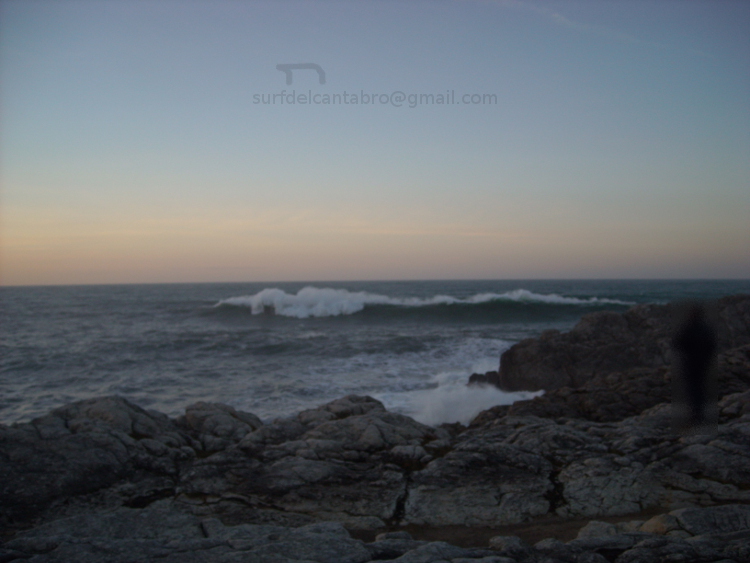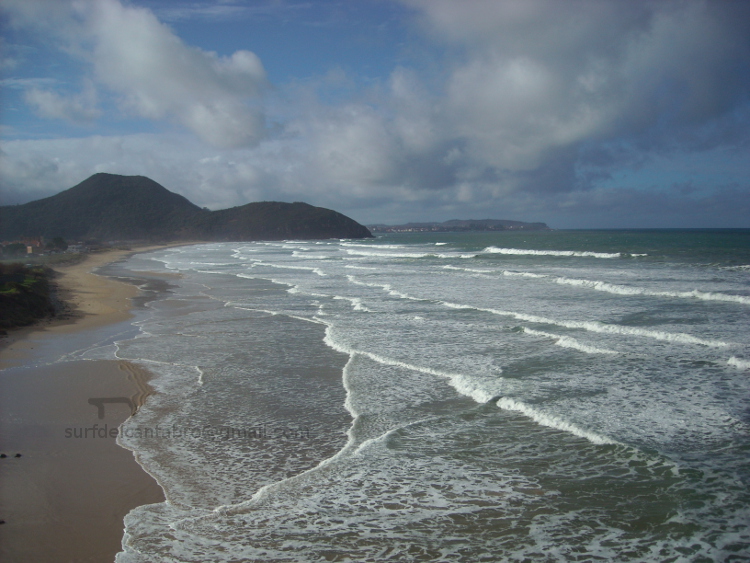 La segunda mitad de la playa de Tregandín, en la localidad de Noja, coincide con el barrio de Helgueras y esta parte de la playa se conoce con el nombre de Helgueras. Noja y Santoña a nivel de sus playas están separadas por el monte El Brusco. Se puede pasar desde la playa de Helgueras hasta la playa de Berria o viceversa utilizando el sendero que atraviesa el monte hasta su cima de 237 metros y desciende al otro lado. Las vistas que se divisan en invierno en la playa de Berria forma un retrato que desvela la naturaleza de la costa y el Mar Cantábrico. A este paraje se le añade otro de igual belleza, el que se divisa desde la playa de Helgueras. Ambas zonas ofrecen unas condiciones perfectas y particulares para la práctica del surf.
La segunda mitad de la playa de Tregandín, en la localidad de Noja, coincide con el barrio de Helgueras y esta parte de la playa se conoce con el nombre de Helgueras. Noja y Santoña a nivel de sus playas están separadas por el monte El Brusco. Se puede pasar desde la playa de Helgueras hasta la playa de Berria o viceversa utilizando el sendero que atraviesa el monte hasta su cima de 237 metros y desciende al otro lado. Las vistas que se divisan en invierno en la playa de Berria forma un retrato que desvela la naturaleza de la costa y el Mar Cantábrico. A este paraje se le añade otro de igual belleza, el que se divisa desde la playa de Helgueras. Ambas zonas ofrecen unas condiciones perfectas y particulares para la práctica del surf.
En El Brusco se obtiene una composición de estas dos zonas y se divisa el marco total que las envuelve. Desde la cima se ven llegar las olas hasta la playa, a ambos lados; naciendo a 100 metros de la orilla y alcanzando los 2 metros de altura, con regularidad. Alzando la vista hacia el mar abierto, prestando atención, se ven olas formarse a lo lejos. Olas que si el ojo percibe en la distancia hace pensar en las dimensiones reales de estas. El viernes pasado disfrute de ese espectáculo en varias ocasiones. Divise olas a un kilómetro de distancia de la playa, las vi crecer, recorrer unos 200 metros de y desvanecerse lejos aún de la orilla. Fue un espectáculo estimulante y calmante. Ya situado a los pies de El Brusco, antes de partir de regreso, gire la cabeza hacia el mar para disfrutar la última mirada. Lo que vi me emociono y sorprendió. Allí estaba, no paraba quieta, parecía moverse lentamente. Me dio tiempo a hacer 4 fotografías y ver como se dirigía hacia la playa de Berria. Era una ola gigante.
He realizado cálculos de perspectiva sobre la imagen que publico a continuación. Teniendo en cuenta: la distancia a la costa; aproximadamente 500 metros en el momento de tomar la foto, el tiempo que pude contemplar la ola,el angulo de mi camara, … . He llegado a pensar que tengo un error en los cálculos de 5 metros, pues el valor obtenido me parece exagerado. Fotografía de una ola de más de 10 metros, en El Brusco; Cantabria, a 17 de Enero de 2014.
Giant Wave. From El Brusco to Berria
 The second half of the beach of Tregandín, in the town of Noja, coincides with the neighborhood of Helgueras and this part of the beach is known by the name of Helgueras. Noja and Santona at the level of its beaches are separated by the mount El Brusco. You can go from Helgueras beach to Berria beach or vice versa using the footpath that crosses to the top of 237 meters of El Brusco and descends to the other side. The views seen in the winter at the beach of Berria form a portrait that reveals the nature of the coast and the Cantabrian Sea. Add to this place another of equal beauty, which can be seen from Helgueras beach. Both areas offer perfect and special conditions for the practice of surfing.
The second half of the beach of Tregandín, in the town of Noja, coincides with the neighborhood of Helgueras and this part of the beach is known by the name of Helgueras. Noja and Santona at the level of its beaches are separated by the mount El Brusco. You can go from Helgueras beach to Berria beach or vice versa using the footpath that crosses to the top of 237 meters of El Brusco and descends to the other side. The views seen in the winter at the beach of Berria form a portrait that reveals the nature of the coast and the Cantabrian Sea. Add to this place another of equal beauty, which can be seen from Helgueras beach. Both areas offer perfect and special conditions for the practice of surfing.
EL Brusco gets a composition of these two areas and you can see the total frame that surrounds them. From the top it is seen to come the waves up to the beach, on both sides; being born to 100 meters of the shore and reaching 2 meters high, regularly. Raising the view toward the open sea, paying attention, you can see the waves that are created in the distance. Waves that if the eye sees in the distance makes you think in the real dimensions of them. Last Friday I enjoyed this show many times. I divise waves far away from the beach (1 km), saw them born, walking 200 metres and then fade away . It was a spectacle stimulating and soothing. I already located at the foot of the mount, before departing, I turned toward the sea to enjoy the last look. What I saw made me feel emotion and surprise. There it was, it was not stopping , it seemed to move slowly. I had time to do 4 photos and to see as it was going towards the Berria beach. It was a giant wave.
I have done perspective calculations on the image that I publish next. Bearing in mind: the distance to the coast; approximately 500 meters at the moment of taking the picture, the time that I could contemplate the wave, the angle of my camera … . I have come to believe that I have an error in the calculations of 5 meters, because the value obtained seem to me exaggerated. Photograph of a wave of more than 10 meters, in El Brusco; Cantabria, 17 January 2014.


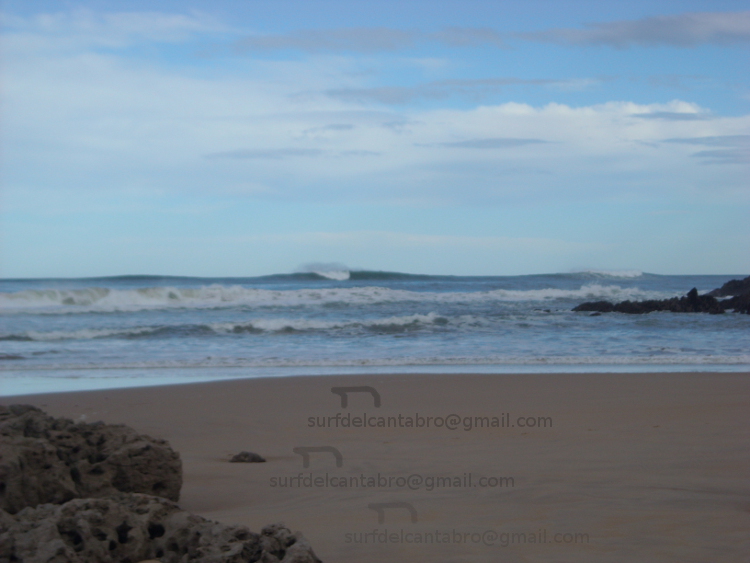

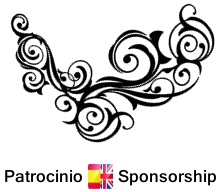
![]() La formación y características de las olas están determinadas por los siguientes factores : La fuerza del viento, el tiempo de actividad de éste, la distancia que las olas recorren, y el mar donde surgen las olas. A su vez hay que tener en cuenta otros factores que también influyen, como son el período o frecuencia de las olas y la energía que acumulan.
La formación y características de las olas están determinadas por los siguientes factores : La fuerza del viento, el tiempo de actividad de éste, la distancia que las olas recorren, y el mar donde surgen las olas. A su vez hay que tener en cuenta otros factores que también influyen, como son el período o frecuencia de las olas y la energía que acumulan. ![]() The formation and characteristics of the waves are determined by the following factors: The strength of the wind, the uptime of this , the distance that the waves travel, and the sea where the waves arise. At the same time we must take into account other factors that also influence, as are the period or frequency of the waves and the energy that accumulate.
The formation and characteristics of the waves are determined by the following factors: The strength of the wind, the uptime of this , the distance that the waves travel, and the sea where the waves arise. At the same time we must take into account other factors that also influence, as are the period or frequency of the waves and the energy that accumulate.![]()
![]()
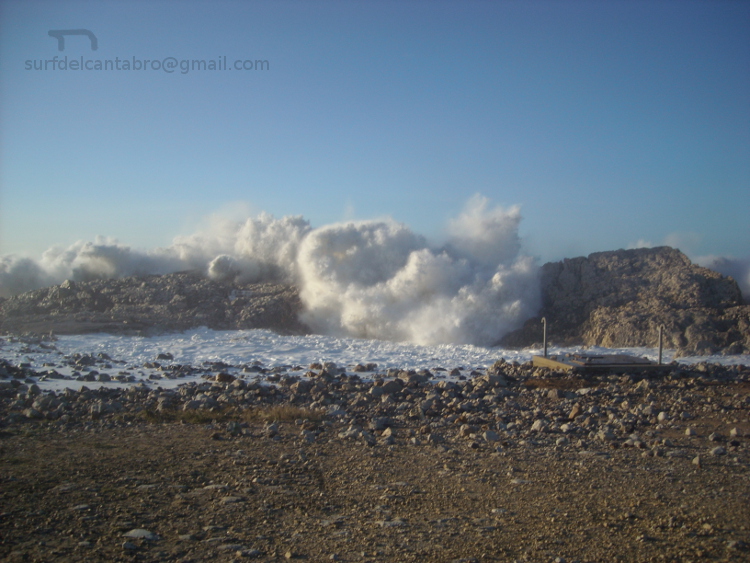
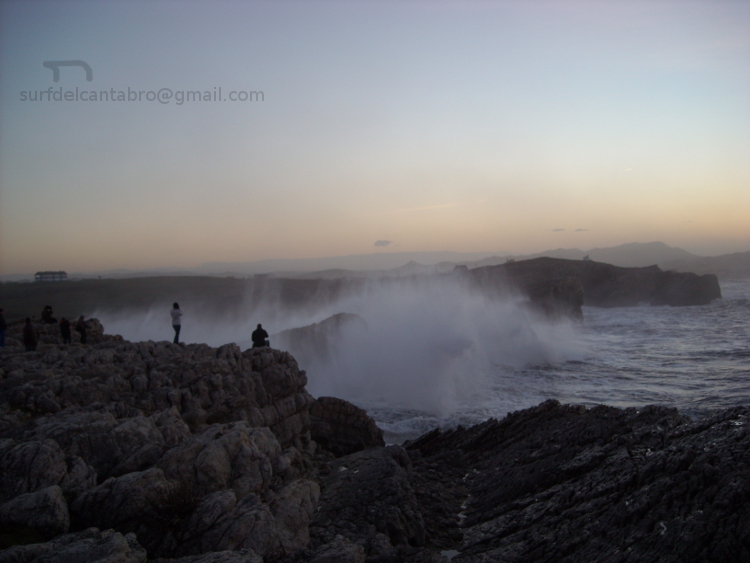
![]()
![]()
